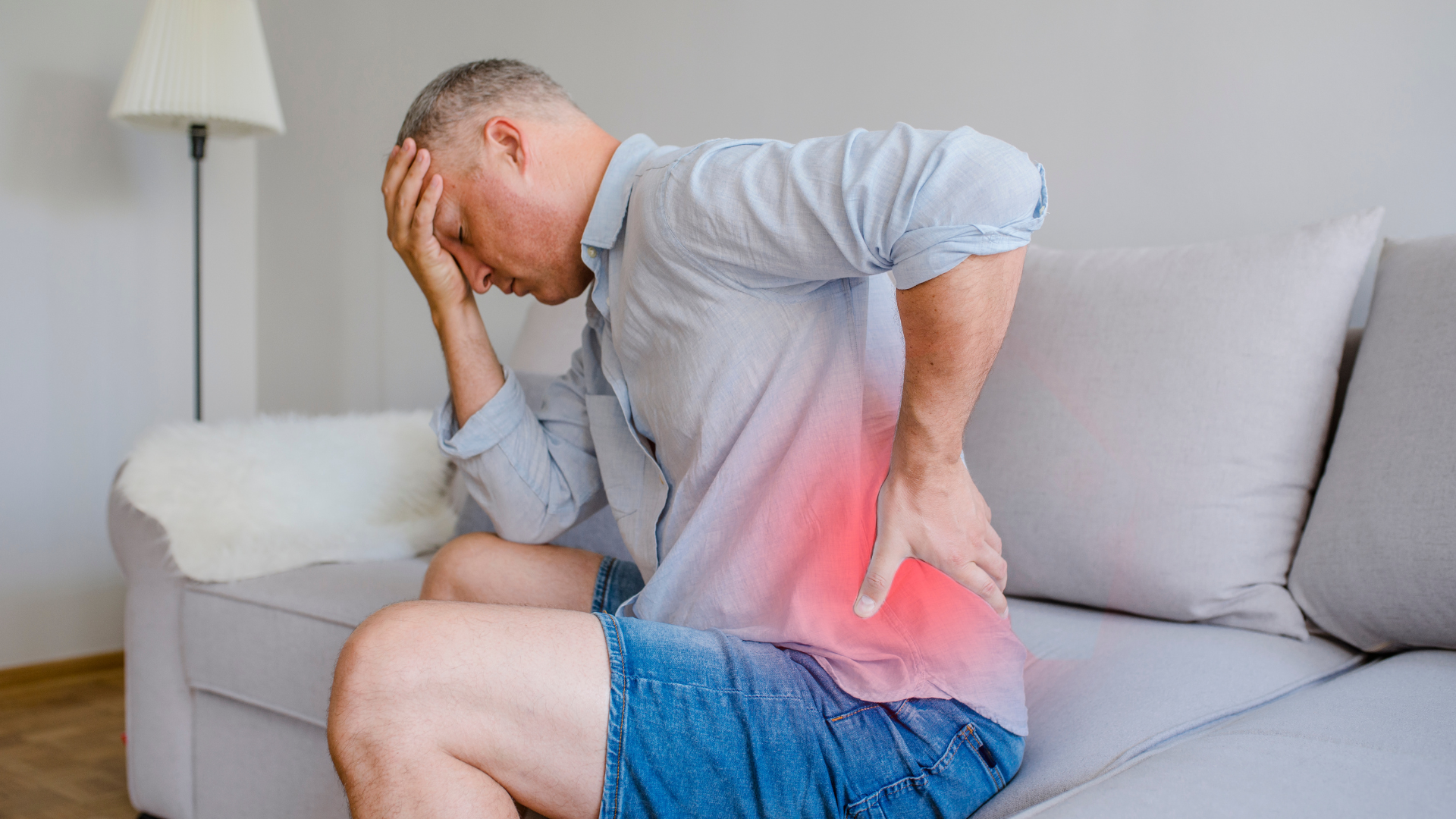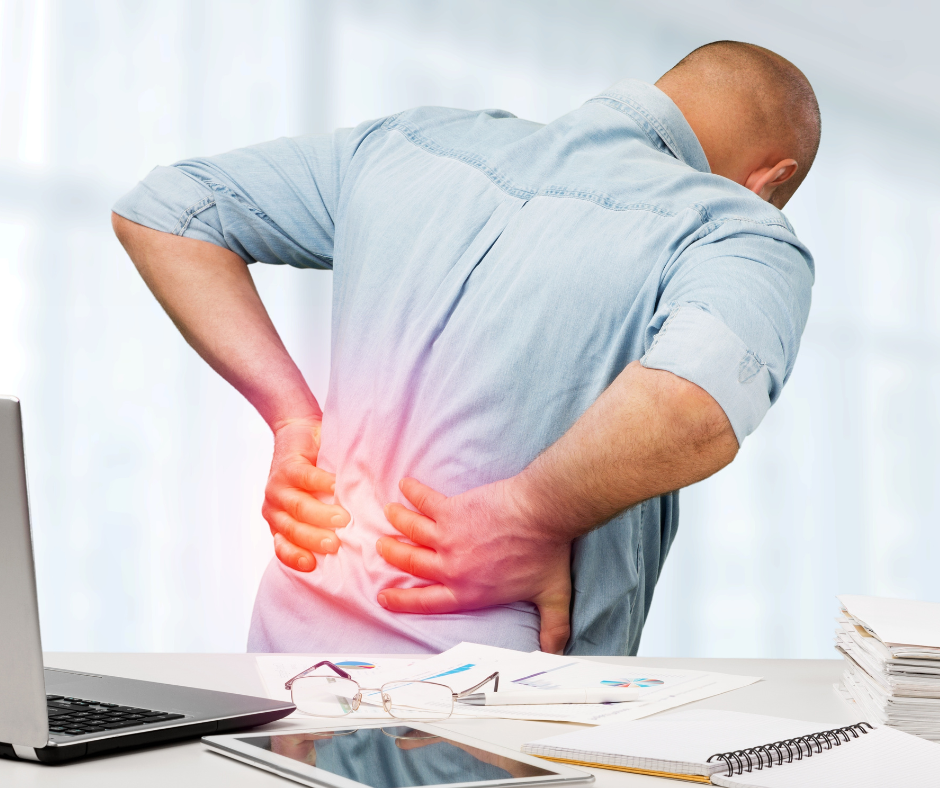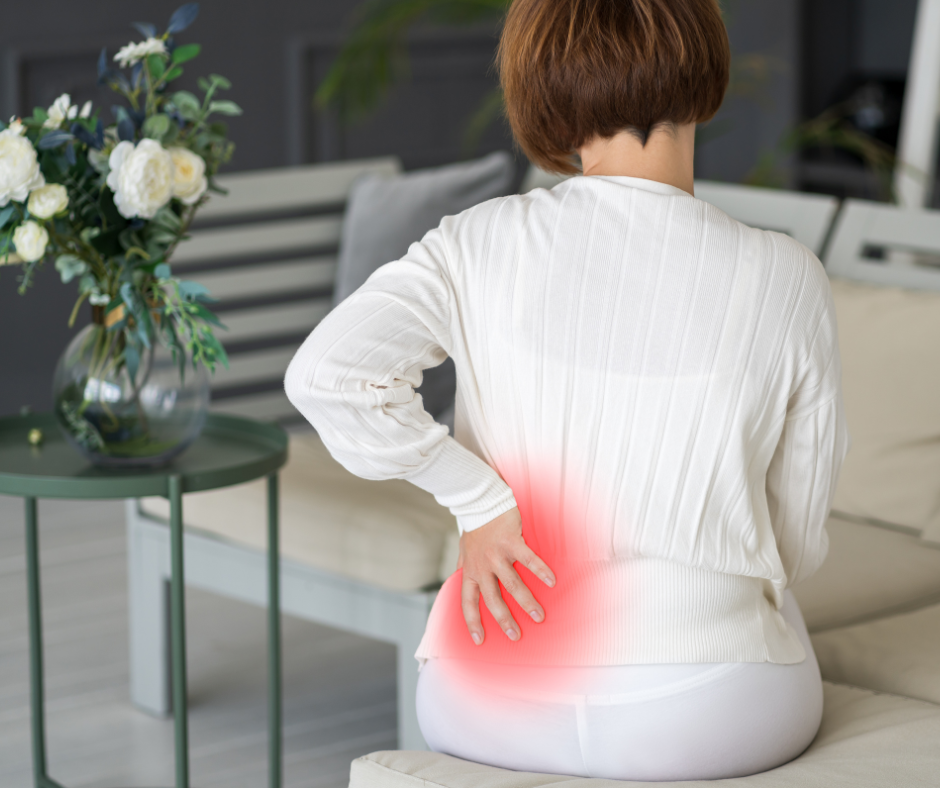Pain and stress: from natural defense to potential threaths
Pain and stress: from natural defense to potential threaths
Pain and stress are natural and necessary parts of life—but they are double-edged swords. As part of the body’s built-in alarm system, they help us detect and respond to threats, playing a key role in immediate survival. However, when these responses become chronic, they can gradually undermine our physical and mental well-being. This article explores how pain and stress initially serve to protect us, and how, over time, they can shift from helpful signals to harmful forces.
Pain and Stress: Built to Protect, Meant to Survive
Pain and stress are not merely unpleasant sensations—they are biological responses designed to safeguard us. Pain acts as an alarm signal, triggered when the body detects potential harm: a cut, a burn, or internal discomfort. It prompts us to act and avoid further injury. Stress, meanwhile, prepares the body to face threats—whether physical, such as escaping danger, or psychological, like taking an important exam.
In their acute forms, both pain and stress serve a valuable purpose: they alert us and drive us to take action that supports our well-being.
When Pain and Stress Do More Harm Than Good
But what happens when these responses become too frequent or linger over time? Pain, which initially helps us avoid harm, can turn into a problem when it becomes chronic. No longer a helpful warning, it starts to invade daily life—returning again and again, sometimes without any clear cause. Over time, it can lead to exhaustion, sleep disturbances, and a decline in mood.
Stress follows a similar pattern. While short-term stress can energize and prepare us to face challenges, chronic stress takes a toll on both body and mind. It weakens the immune system, fuels anxiety, and can impair focus or even contribute to depression. Chronic stress is a vicious cycle—turning a protective response into a constant strain.
Caught Between Pain and Stress
When we’re stressed, our brain shifts into "emergency mode," releasing hormones like adrenaline to prepare us for action. Paradoxically, during acute stress, we might even experience less pain—this is known as the "dissociation effect." However, over time, stress causes changes in how the brain functions, making certain areas more sensitive, especially those that regulate pain.
This is where the vicious cycle of pain and stress begins: the more stressed you are, the more intense and persistent the pain becomes, and the longer the pain persists, the more stressed you feel. This phenomenon, known as "central sensitization," can turn moderate pain into intense, overwhelming discomfort.
Stress doesn’t just affect the body—it also has a profound impact on our mental state. Anxiety and depression, common outcomes of prolonged stress, make pain even harder to tolerate. A stressed mind is more likely to perceive pain as more intense. In contrast, someone with better mental health is better equipped to manage pain, even when it’s present.
Studies show that people who experience high levels of stress at work or home are more likely to suffer from chronic pain. Constant stress can alter how the brain perceives pain, making certain conditions seem more severe than they truly are.
Breaking Free from the Vicious Cycle: Embracing a Solution-Focused Approach
While pain and stress are essential survival mechanisms in the short term, there are effective ways to manage them before they become problematic. Here are some simple strategies to break the vicious cycle:
- Find ways to reduce pain intensity, whether through pharmacological or non-pharmacological methods.
- Practice relaxation techniques: Meditation, deep breathing, and yoga can help lower stress levels and calm the nervous system.
- Exercise regularly: Physical activity releases endorphins, natural pain-relieving hormones that promote well-being.
- Seek support: Talking to a loved one or a mental health professional can help you better understand and manage your stress.
- Adopt a healthy lifestyle: Eating well, getting enough sleep, and avoiding excess alcohol or caffeine can help reduce the impact of stress and pain.
Conclusion
While pain and stress are crucial for our short-term survival, they can quickly become formidable enemies when they become chronic. By gaining a better understanding of these mechanisms and adopting strategies to manage them, we can break their harmful influence on both our body and mind. Don’t let pain and stress take control—take charge of your well-being and learn to manage them for a healthier, more balanced life.
References:
Bhatt, K., Palomares, A. C., Jutila, L., Rohde, I., Forget, P., & Societal Impact of Pain Platform (SIP). (2024). The pain and mental health comorbidity. Epidemiology and Psychiatric Sciences, 33, e46. https://doi.org/10.1017/S204579602400057X
Chen, T., Wang, J., Wang, Y.-Q., & Chu, Y.-X. (2022). Current Understanding of the Neural Circuitry in the Comorbidity of Chronic Pain and Anxiety. Neural Plasticity, 2022, 4217593. https://doi.org/10.1155/2022/4217593
Demyttenaere, K., Bruffaerts, R., Lee, S., Posada-Villa, J., Kovess, V., Angermeyer, M. C., Levinson, D., De Girolamo, G., Nakane, H., Mneimneh, Z., Lara, C., De Graaf, R., Scott, K. M., Gureje, O., Stein, D. J., Haro, J. M., Bromet, E. J., Kessler, R. C., Alonso, J., & Von Korff, M. (2007). Mental disorders among persons with chronic back or neck pain : Results from the world mental health surveys. Pain, 129(3), 332‑342. https://doi.org/10.1016/j.pain.2007.01.022
Johnston-Devin, C., Mulvogue, J., Kornhaber, R., McLean, L., & Cleary, M. (2023). Pain and Mental Health. Issues in Mental Health Nursing, 44(1), 79‑82. https://doi.org/10.1080/01612840.2021.2024309
Lamm, C., Decety, J., & Singer, T. (2011). Meta-analytic evidence for common and distinct neural networks associated with directly experienced pain and empathy for pain. NeuroImage, 54(3), 2492‑2502. https://doi.org/10.1016/j.neuroimage.2010.10.014
Marin, M.-F., & Lupien, S. (2019). Douleur, stress et cerveau : Un phénomène complexe! 20.
Pinheiro, M. B., Ferreira, M. L., Refshauge, K., Ordoñana, J. R., Machado, G. C., Prado, L. R., Maher, C. G., & Ferreira, P. H. (2015). Symptoms of Depression and Risk of New Episodes of Low Back Pain : A Systematic Review and Meta‐Analysis. Arthritis Care & Research, 67(11), 1591‑1603. https://doi.org/10.1002/acr.22619
Connectez avec nous sur les médias sociaux

















